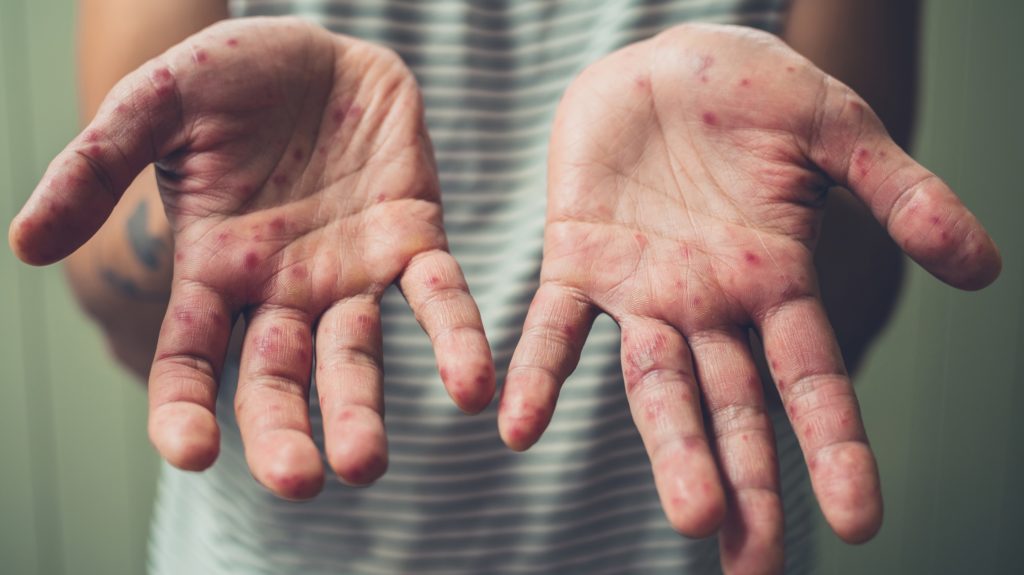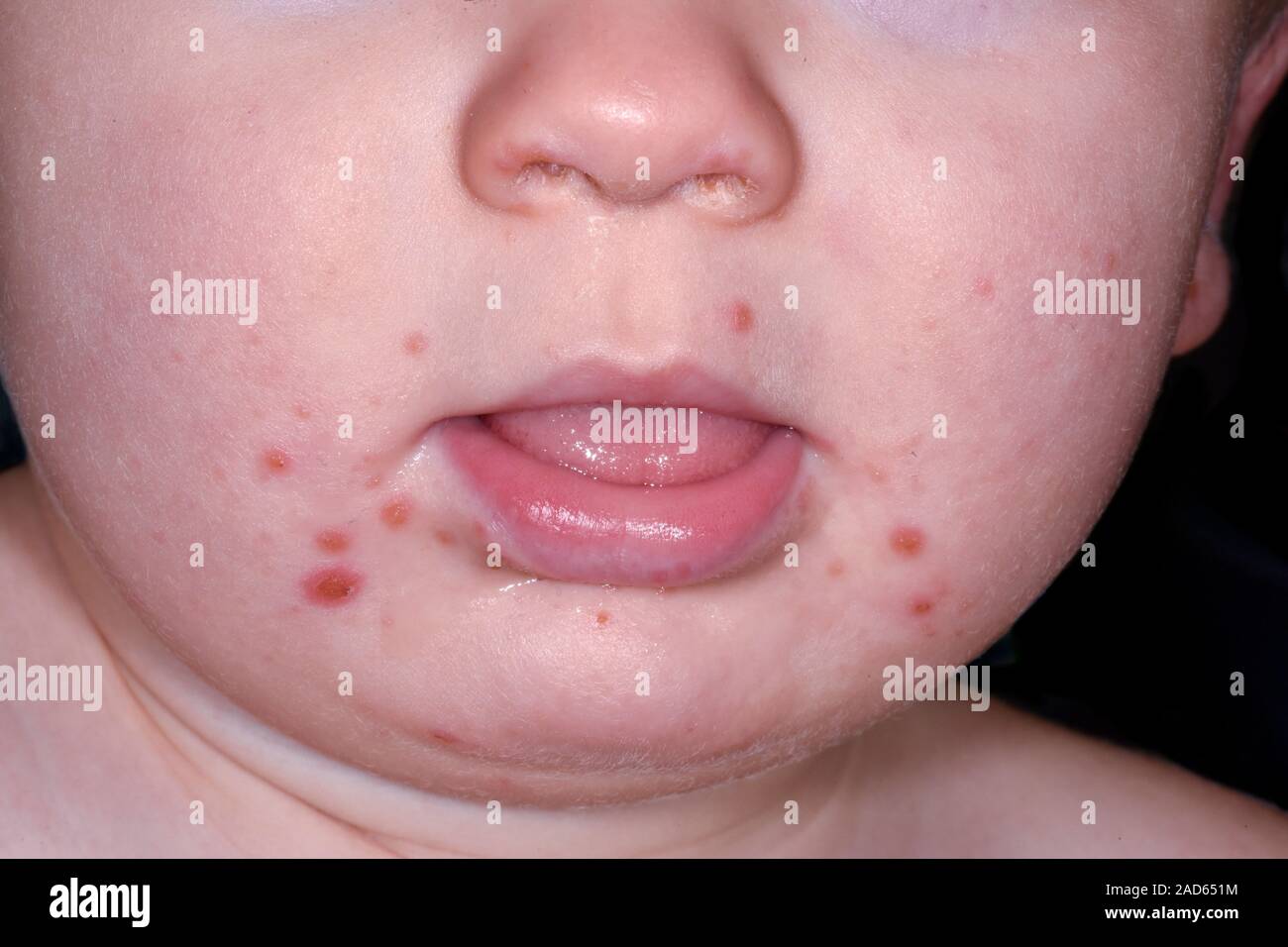Hand, foot, and mouth disease (HFMD) is a common viral illness that primarily affects children, but can occasionally occur in adults. This article delves into the symptoms, causes, and prevention strategies for HFMD, providing valuable insights for parents, caregivers, and individuals looking to understand this condition better.
Key Takeaways
- Hand, foot, and mouth disease is a viral infection that commonly affects children under the age of five.
- Symptoms include fever, sore throat, and a rash on the hands, feet, and mouth.
- The disease is highly contagious and spreads through direct contact with an infected person.
- Prevention includes good hygiene practices and avoiding close contact with infected individuals.
- Most cases are mild and resolve within a week to ten days without medical intervention.
What is Hand, Foot, and Mouth Disease?

Hand, foot, and mouth disease is a contagious viral infection caused by enteroviruses, most commonly the coxsackievirus. It is characterized by sores in the mouth and a rash on the hands and feet. Although HFMD can affect people of all ages, it is most prevalent in children under five years old due to their developing immune systems.

Symptoms of Hand, Foot, and Mouth Disease

The symptoms of HFMD typically begin with a fever and sore throat, followed by the development of painful blisters in the mouth. A rash, often accompanied by blisters, appears on the hands and feet. Other symptoms may include:
- Loss of appetite
- General malaise
- Headaches
- Fatigue
- Skin rash, sometimes on the buttocks
These symptoms usually appear three to six days after exposure to the virus, known as the incubation period. The illness is generally mild, and most individuals recover without complications.
Causes and Transmission

Hand, foot, and mouth disease is primarily caused by the coxsackievirus A16, but other strains of enteroviruses can also be responsible. The virus spreads through person-to-person contact with an infected individual’s nasal secretions, throat discharge, saliva, fluid from blisters, or stool. It can also spread through contact with contaminated surfaces or objects.

Children are more susceptible to HFMD due to their frequent close contact in settings like daycare centers and schools. The virus is most contagious during the first week of illness, but it can remain in the body for weeks after symptoms have disappeared.
Preventing Hand, Foot, and Mouth Disease
There is no specific treatment or vaccine for HFMD, so prevention is crucial. Here are some effective prevention strategies:
- Practice Good Hygiene: Encourage regular handwashing with soap and water, especially after using the bathroom, changing diapers, and before meals.
- Disinfect Surfaces: Clean and disinfect frequently touched surfaces and objects, such as toys and doorknobs, to reduce the risk of spreading the virus.
- Avoid Close Contact: Keep children home from school or daycare if they show symptoms of HFMD to prevent spreading the virus to others.
- Teach Respiratory Etiquette: Cover the mouth and nose with a tissue or elbow when coughing or sneezing to prevent the spread of droplets.
Treatment and Home Care
Most cases of HFMD are mild and can be managed at home. Here are some tips for relieving symptoms:
- Pain Relief: Over-the-counter pain relievers like acetaminophen or ibuprofen can help alleviate fever and discomfort.
- Hydration: Encourage fluid intake to prevent dehydration, especially if the child has a sore throat or mouth sores.
- Soft Diet: Offer soft foods and cold treats like ice cream or popsicles to ease throat pain.
- Rest: Ensure the child gets plenty of rest to support the immune system in fighting the virus.
If symptoms persist or worsen, or if the child is unable to drink fluids, seek medical advice promptly.
When to Seek Medical Attention
While HFMD is usually mild, certain symptoms may require medical attention. Contact a healthcare provider if:
- The child is younger than six months old.
- Symptoms do not improve after ten days.
- The child is unable to drink fluids due to mouth sores.
- There are signs of dehydration, such as dry mouth, decreased urination, or lethargy.
- The child has a weakened immune system or other underlying health conditions.
Hand, foot, and mouth disease is a common and generally mild viral illness that primarily affects young children. Understanding its symptoms, causes, and prevention strategies can help reduce the spread of the virus and manage symptoms effectively. By practicing good hygiene and taking appropriate measures, parents and caregivers can protect children from this contagious disease and ensure a swift recovery if infection occurs.